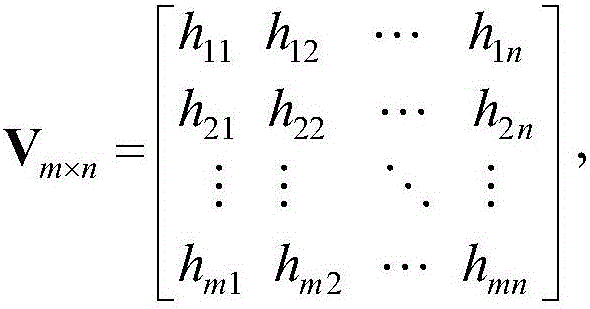Cutting-tool wear evaluation and prediction method and system based on generalized wear extent
A technology of tool wear and prediction method, applied in the field of metal cutting, can solve the problems such as the inability to fully characterize the tool wear pattern, the wear evolution process, the lack of measurement equipment, and the inability to meet the measurement requirements, and achieve the effect of optimizing the tool wear measurement research process.
- Summary
- Abstract
- Description
- Claims
- Application Information
AI Technical Summary
Problems solved by technology
Method used
Image
Examples
example 3
[0086] Example 3 Measurement of flank wear width
[0087] When there are only a few places (or one place) on the rake face (or flank face) that are severely worn and need to be focused on, the unequal step length measurement method can be used.
[0088] For example, each of the three areas of the flank C, B, and N has an obvious wear that needs to be measured, and the sampling length perpendicular to the cutting edge is l n , n is large enough, h Cj (1≤j≤n) is the height function of the jth sampling point near the cutting edge in the C area of the cutter face, h Bj (1≤j≤n) is the height function of the jth sampling point close to the cutting edge in the region B of the cutter face, h Nj (1≤j≤n) is the height function of the jth sampling point close to the cutting edge in the area N of the knife face.
[0089] Then the generalized wear amount can be recorded as
[0090] V m × n = ...
PUM
 Login to View More
Login to View More Abstract
Description
Claims
Application Information
 Login to View More
Login to View More - R&D
- Intellectual Property
- Life Sciences
- Materials
- Tech Scout
- Unparalleled Data Quality
- Higher Quality Content
- 60% Fewer Hallucinations
Browse by: Latest US Patents, China's latest patents, Technical Efficacy Thesaurus, Application Domain, Technology Topic, Popular Technical Reports.
© 2025 PatSnap. All rights reserved.Legal|Privacy policy|Modern Slavery Act Transparency Statement|Sitemap|About US| Contact US: help@patsnap.com



